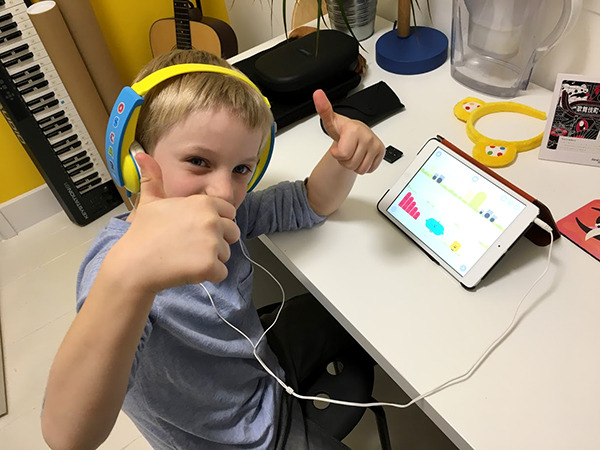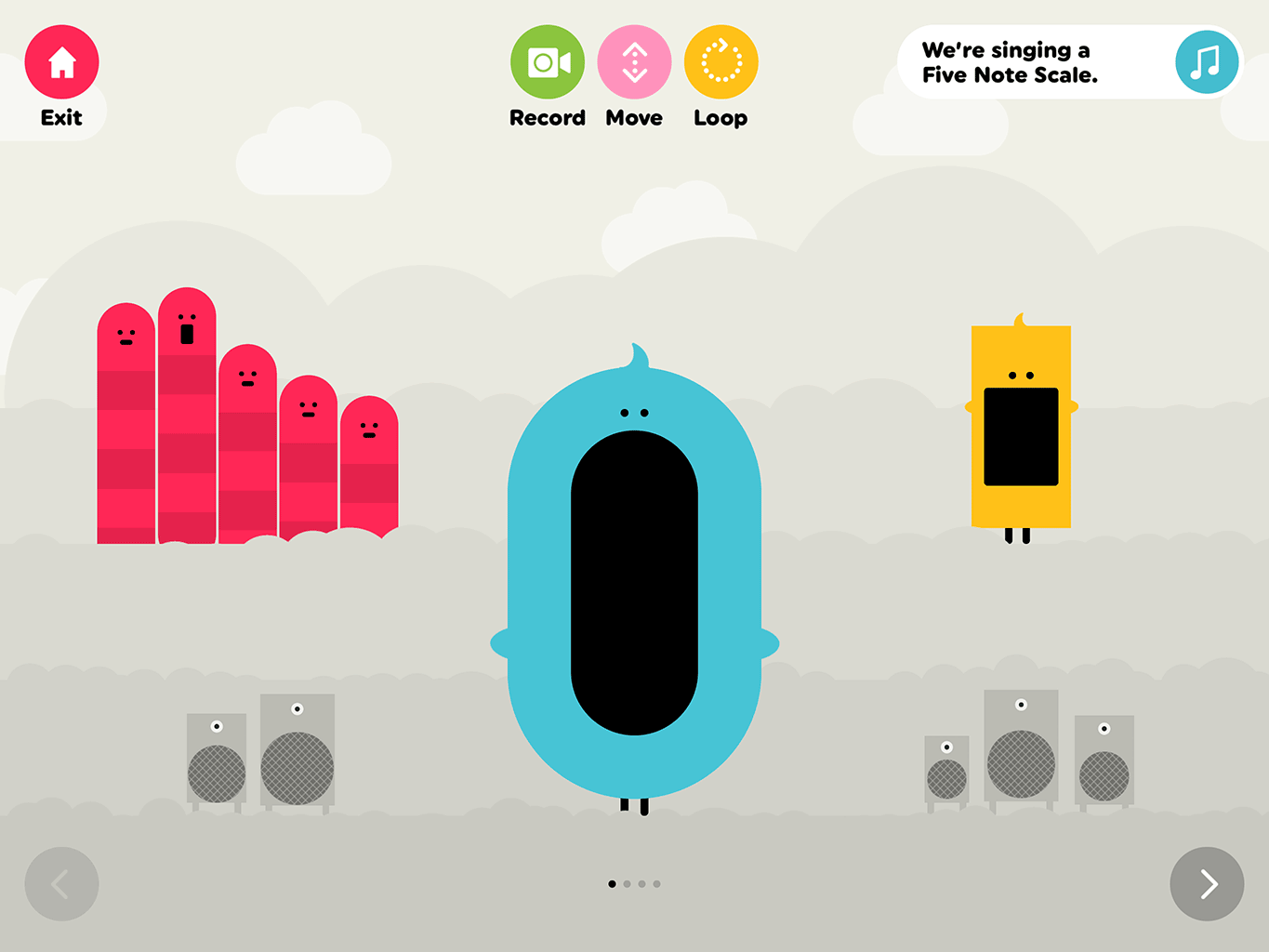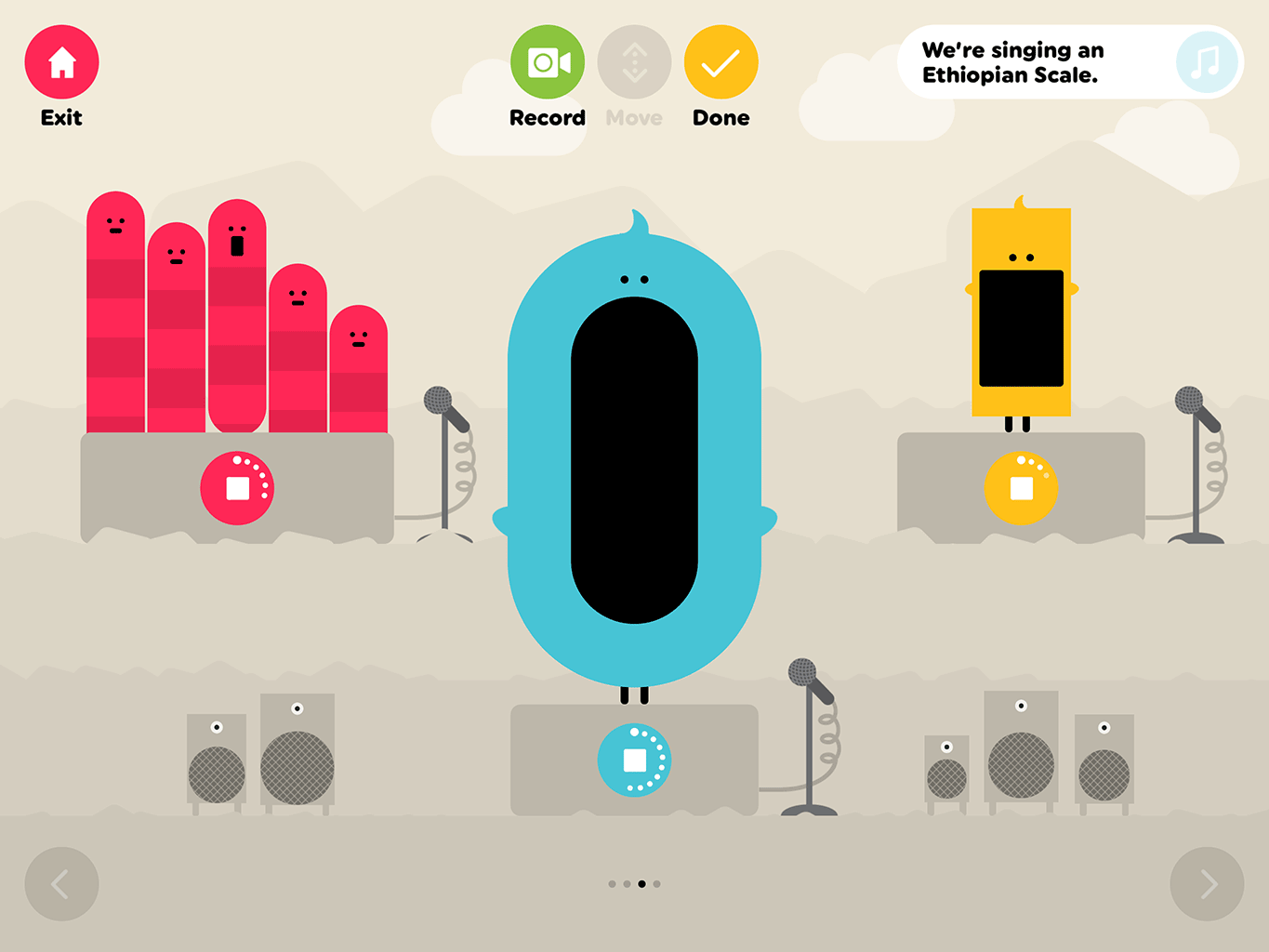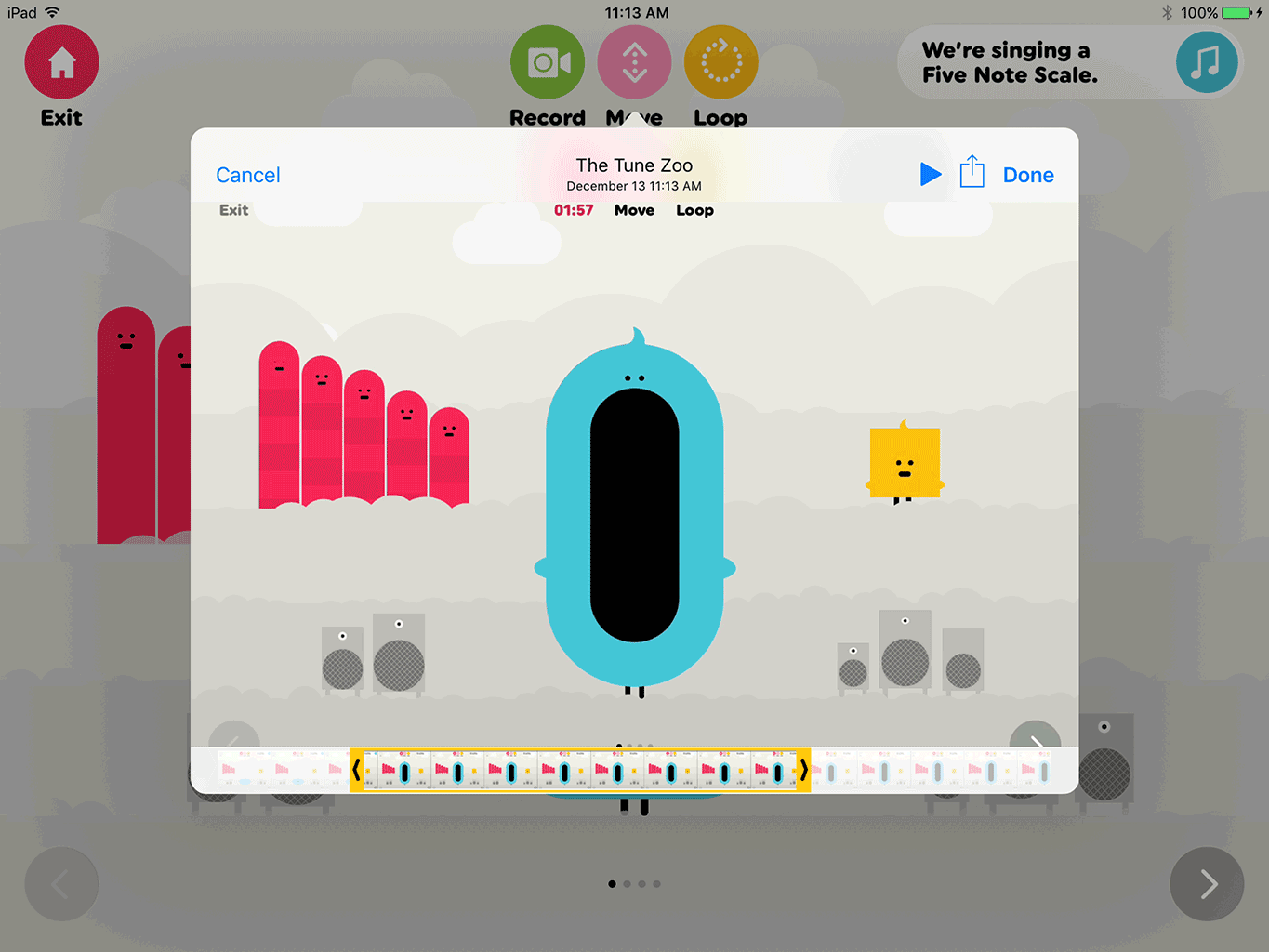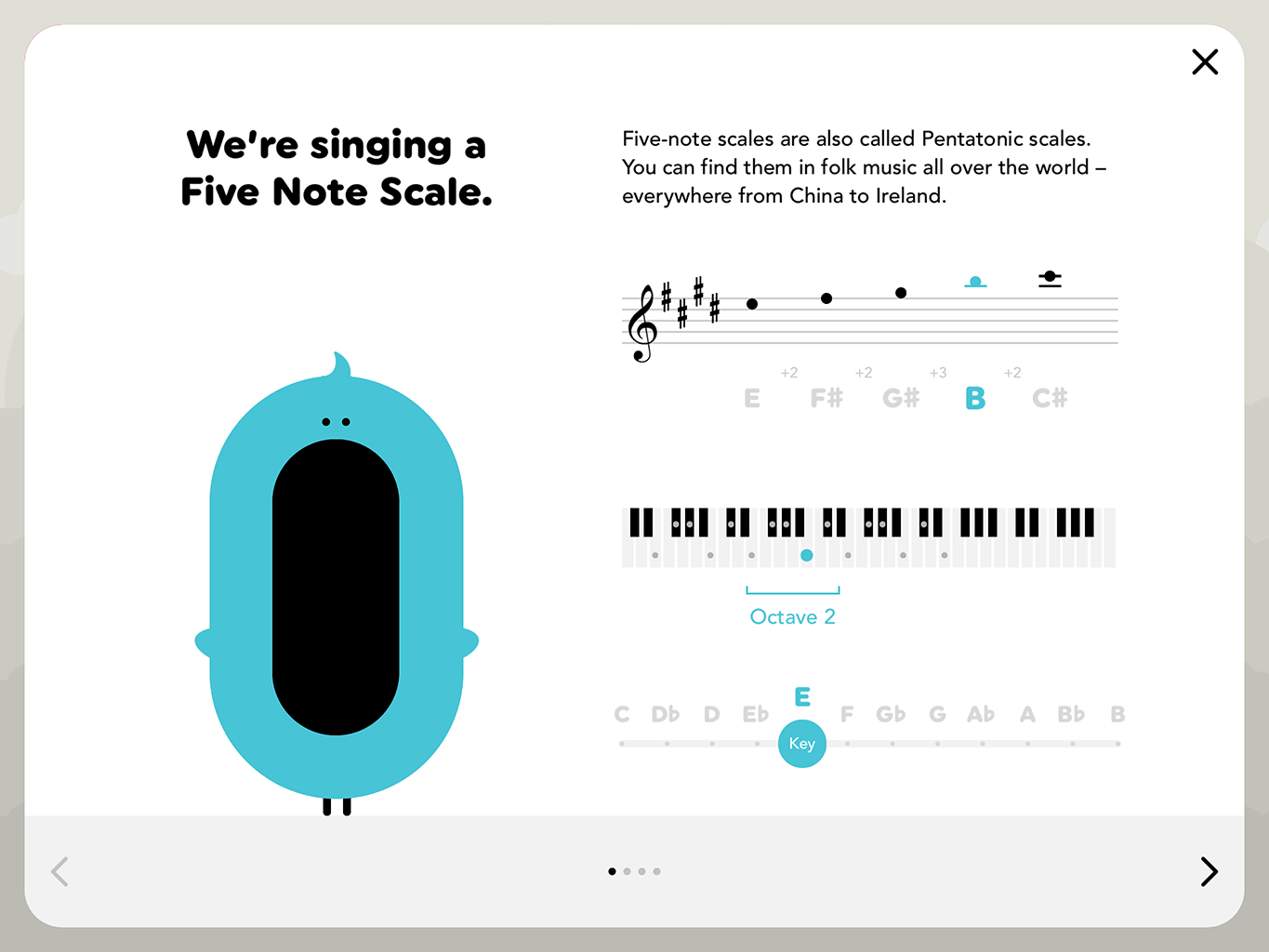The Tune Zoo is a music toy that promotes curious, creative play. Its design and development was informed by research into learning theory, national education standards, input and feedback from music teachers, and extensive playtesting with kids.
Grounded in theory
Much of the musical learning theory of the last hundred years can be placed in one of three schools – Cognitive, Behavioral and Constructivist – and The Tune Zoo is built on the assumption that the richest learning experiences make use of all three. We map what we know to already-familiar knowledge (Cognitive); we benefit from carefully-sequenced instruction (Behavioral); and we learn by doing (Constructivist).
Tested by teachers and kids
The Tune Zoo was designed and built in about six months. At each stage of development – from prototype to final product – it was reviewed and evaluated by music teachers, as well as playtested to destruction by many little fingers! Have a look at the development notebook for more.
How it supports learning
The Tune Zoo supports several aspects of musical learning, as defined by the National Association for Music Education and Music Teachers National Association.
Expression, Improvisation, Composition
The primary way of playing with The Tune Zoo – pulling the animals’ stretchy heads to vary pitch and vibrato – allows for a wide range of expression and improvisation.
Each animal is ‘tuned’ to a given scale, allowing kids to worry less about “wrong” notes, and focus on expression and improvisation. This draws on similar methods in frameworks such as Orff Schulwerk (such as starting on a xylophone limited to a pentatonic scale, then gradually adding more bars).
The looping mode helps kids develop skills in timing, sequencing and phrasing, and – since each character can loop individually – in arrangement and voicing.
The Record button allows kids to save and share their own compositions, helping develop their skills in planning, refinement and presentation.
Musical Analysis: Scales
By opening the Notation window, kids can take a peek ‘under the hood’ of the music they’re hearing, and explore its patterns, structures and context – such as the country it might come from.
They can map what they hear to what they see via an innovative Explorable Explanation: a magically responsive musical staff that shows what the bird character is singing.
Music as Social Activity
The Tune Zoo supports multitouch, meaning that it can be played by several kids at the same time.
By playing together, kids can develop some of the social skills involved in music-making: communication, co-ordination and co-operation.
Share your experience
If you’re a parent, educator, or kid, and have ideas about how The Tune Zoo could be improved, or just want to show off what you can do with it – feel free to get in touch!
